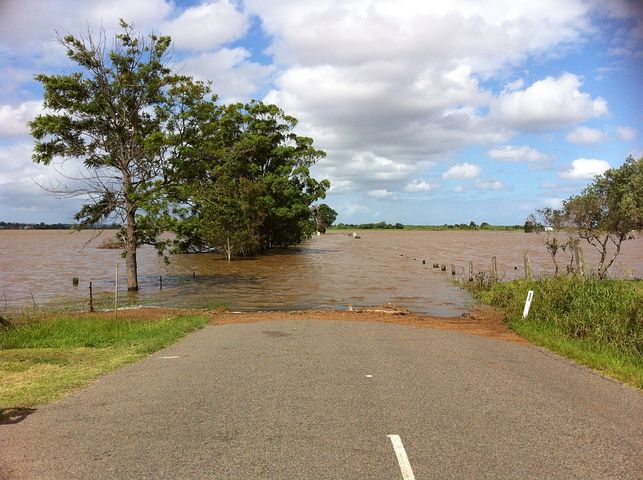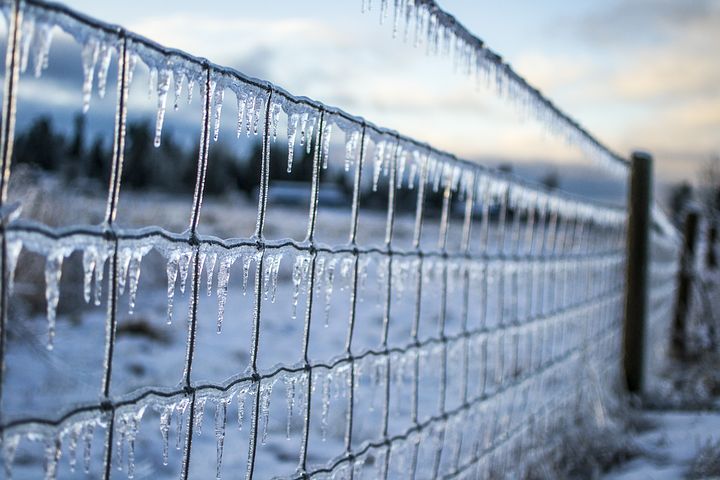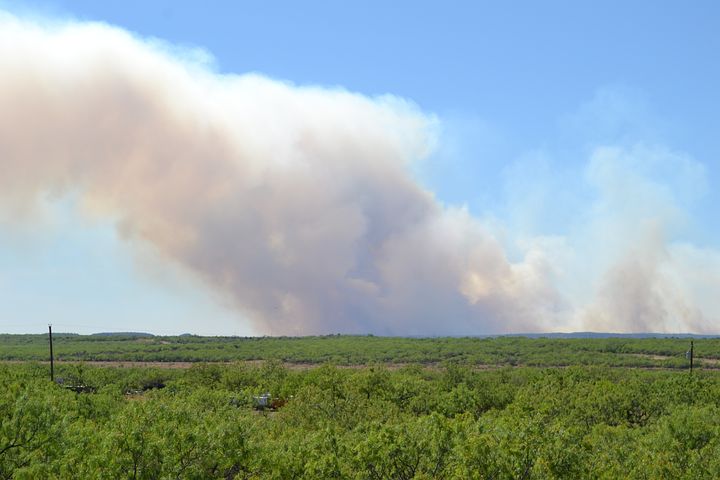Emergency Preparedness for Families with Children with Special Health Care Needs
Emergency Preparedness



In Texas, disasters can strike quickly and without warning. It’s important to know what types of emergencies are likely to affect your area. As a family with a child with special health care needs, planning for an emergency is critical. You and your loved ones could be anywhere when it happens – at work, at school, or in the car.
Every Family Needs an Emergency Plan
Planning with your family before a disaster is the best way to keep everyone safe. Think about what kinds of daily supplies, medicines, and help your family needs. Think about how you would make it on your own for at least three days. Remember to include all family members and pets when you make your plan.
What does your family and child with a disability need in an emergency?
Every situation is different, and each child has individual needs. To get started, here are questions to think about:
- Depending on the disaster and personal needs, will you:
- Stay and shelter-in-place;
- Go to a public shelter; or
- Somewhere else?
- Plan for all possibilities.
- How will family members communicate if separated and local phone service is unavailable?
- Have you discussed emergency planning with your child’s health care providers?
- Did you pre-register with 2-1-1 if you need help to evacuate?
- Are there supplies that need refrigeration?
- Is there equipment that requires electricity? Have you notified the utility company?
- What service animals or pet supplies do you need? By law, public shelters must allow service animals.
What do you need in your emergency kit?
Besides survival basics-food, water, first aid, and tools you may want to include:
- An Emergency Information Form with a list of your child’s current doctors, pharmacy, and phone numbers.
- A list and a two-week supply of all current prescription and non-prescription medicines, if possible.
- Two weeks of medical supplies, such as:
- Oxygen,
- Syringes,
- Catheters,
- Formula, and
- Other nutritional products.
- Important documents stored on a CD, flash drive, or a phone app like:
- Medical records,
- Health insurance cards,
- Prescriptions, and
- Personal identification.
- Keep paper copies in a waterproof bag.
- Extra batteries or chargers for hearing aids, wheelchairs, and other essentials.
- Personal care and hygiene items.
- Items to calm and entertain your child.
Other things to consider in planning for an emergency:
- Register for the State of Texas Emergency Assistance Registry (STEAR) Program under the Texas Division of Emergency Management. This free, public registry provides local emergency planners and responders with information during emergencies.
- Visit your local fire and police departments. Tell them about your child. Invite them to your home to meet your child and give you emergency tips.
- If you are separated from your family at the time of the disaster, do you have a meeting place? Pick one place in your neighborhood and one place outside of your neighborhood.
- Make a list of family, friends, and others in your support network.
- Include a relative or friend in another area who would not be in the same emergency and would be able to help, if needed.
- Check medication expiration dates in your emergency kit to avoid spoiling.
Additional Resources:
- Disaster Recovery Guidebook
- Texas Ready
- Emergency Preparedness and Disability Inclusion | Emergency Preparedness and Disability Inclusion | CDC
- Planning for People with Special Needs
- Other Texas Ready Resources
- Red Cross - Preparing for Disaster for People with Disabilities and Other Special Needs.
- Ready.gov - People with Disabilities
- Emergency Information Form for Children With Special Health Care Needs American College of Emergency Physicians | ACEP
The Texas Department of State Health Services does not endorse external links to other websites or documents created by other agencies. These links and documents are informational and may not be accessible to persons with disabilities.